
As artificial intelligence continues to evolve, its capabilities in surveillance are expanding rapidly. From facial recognition to autonomous drones, AI technologies are becoming more adept at monitoring our daily lives. Here are seven ways AI might spy on us in the near future.
Enhanced Facial Recognition Technology

Facial recognition technology has advanced significantly, with AI now capable of identifying individuals in real-time across large crowds. This technology is not only used in security and law enforcement but is also being integrated into consumer applications. Companies are exploring its use in retail environments to track customer behaviors and preferences. With AI’s ability to learn and adapt, facial recognition is set to become even more pervasive, raising questions about privacy and consent.
Advanced Voice Surveillance Systems

AI-driven voice surveillance systems are becoming increasingly sophisticated, with the ability to detect and analyze conversations in real-time. These systems can identify specific voices and patterns of speech, making them valuable for security purposes. However, the potential for misuse is significant, as these systems could be deployed to monitor private conversations without consent. As AI continues to improve, voice surveillance is likely to become more widespread, necessitating discussions around ethical use and privacy protections.
Ubiquitous Smart Home Monitoring
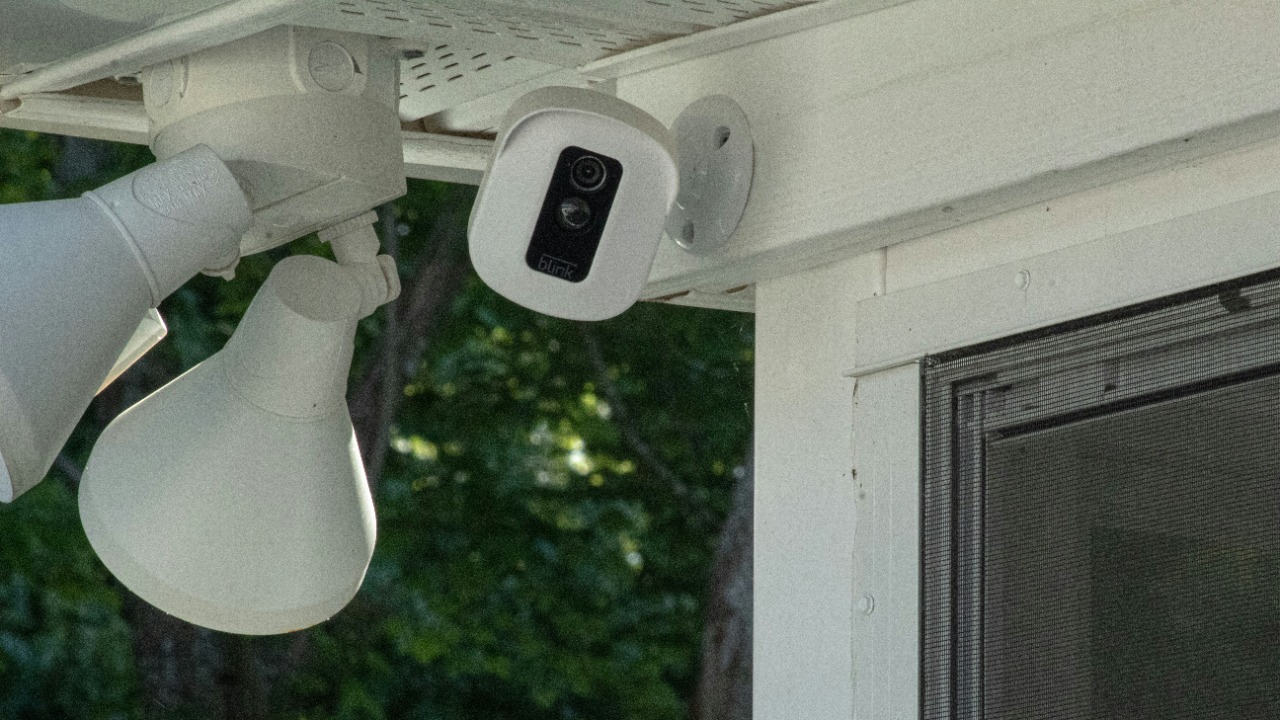
Smart home devices are integrating AI to provide more personalized and efficient services. However, this also means that these devices are collecting vast amounts of data about our daily routines. From smart speakers to connected appliances, AI is monitoring our habits and preferences, which could be used for targeted advertising or even more intrusive surveillance. As the smart home market grows, the need for robust privacy controls will become increasingly important to protect user data.
Pervasive Geolocation Tracking
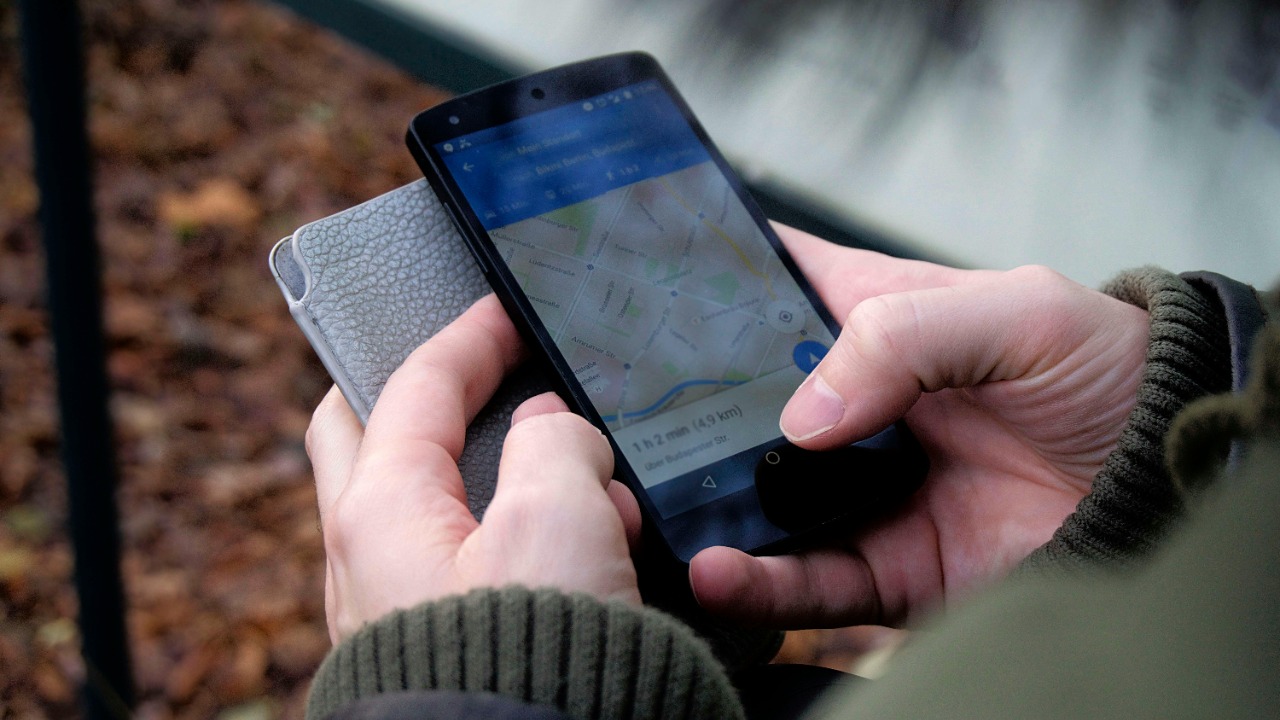
With the widespread use of smartphones and GPS-enabled devices, AI has more opportunities than ever to track our locations. Geolocation tracking is already used in mapping services and social media, but AI can take this a step further by predicting our movements and behaviors based on historical data. While this can offer conveniences like personalized recommendations, it also raises concerns about the extent to which our movements are being monitored and recorded.
Predictive Behavior Analytics
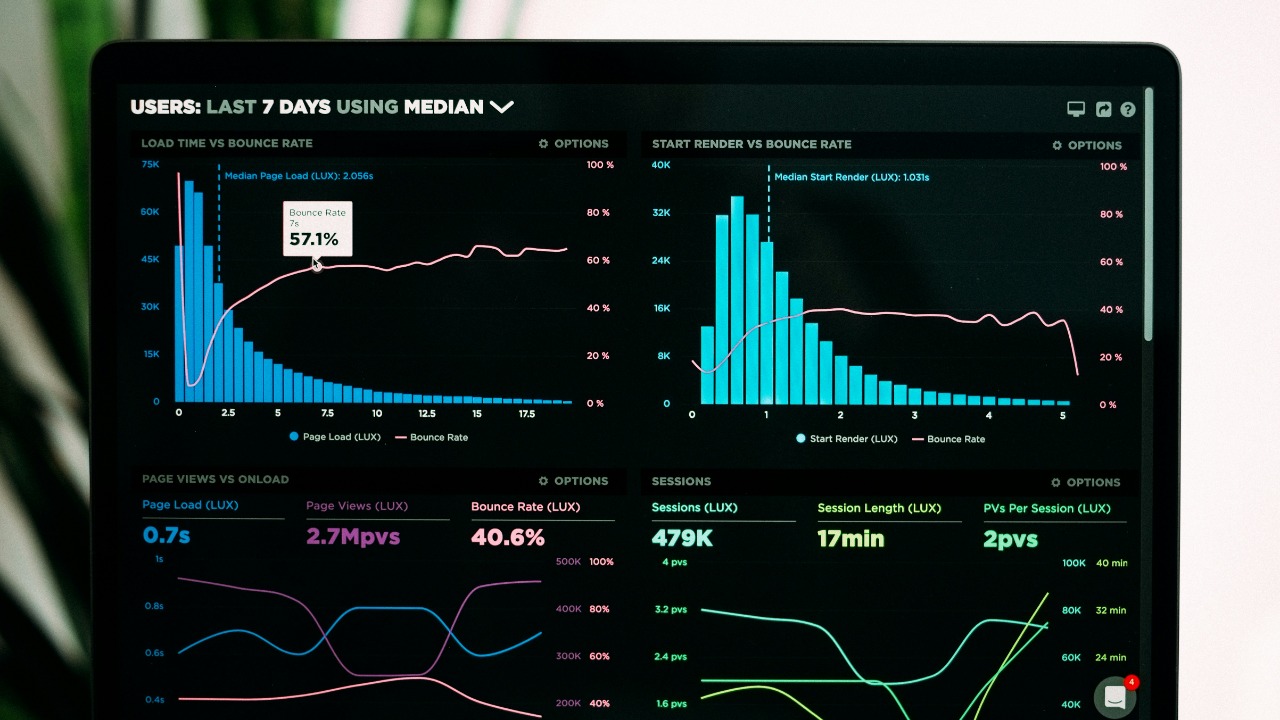
AI’s ability to analyze vast datasets means it can predict human behaviors with increasing accuracy. By examining patterns in data collected from various sources, AI can anticipate our actions and decisions. This capability is being explored in fields ranging from investment strategy to law enforcement, where it could be used to preemptively identify potential threats. While this offers potential benefits, it also poses ethical dilemmas about the surveillance of individuals who have not committed any crimes.
Comprehensive Social Media Scrutiny
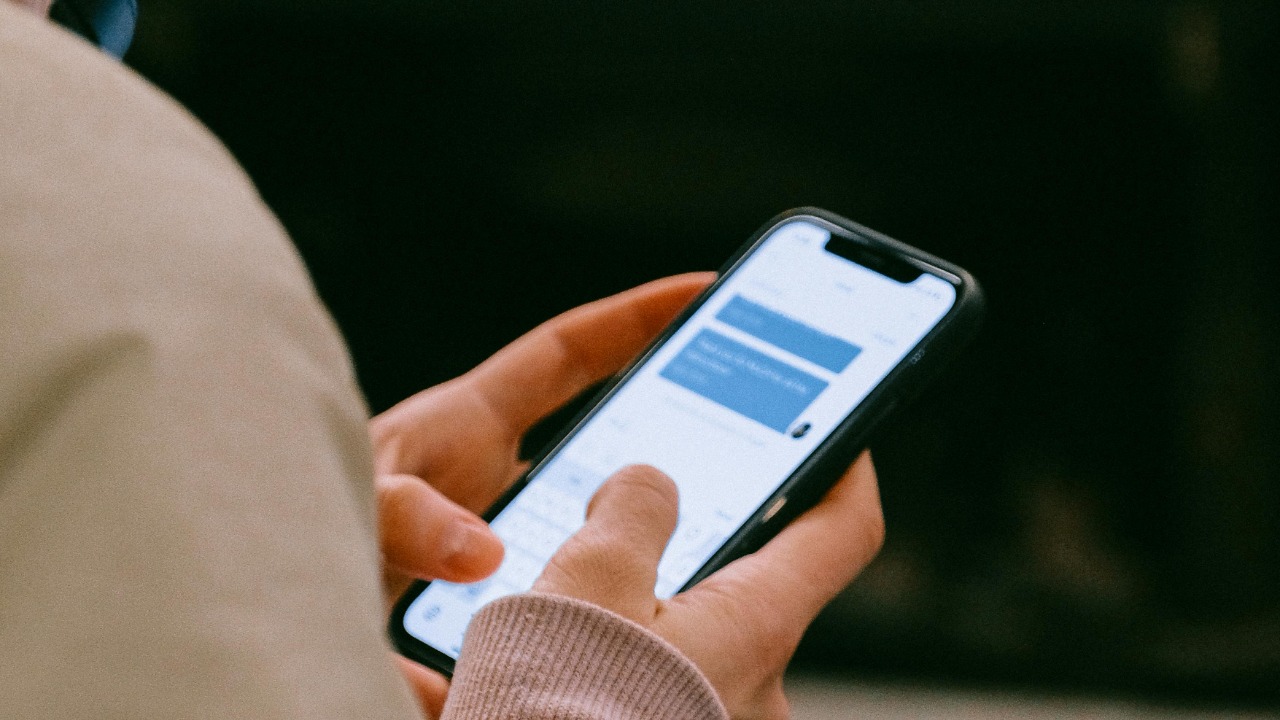
Social media platforms are a treasure trove of data for AI algorithms, which can analyze user interactions, preferences, and sentiment. This data is often used for targeted advertising, but it can also be leveraged for more invasive surveillance. AI can identify trends and patterns that may not be apparent to human observers, offering insights into user behaviors and relationships. As AI capabilities grow, its role in social media surveillance will likely expand, prompting discussions about privacy and data ownership.
Autonomous Drone Surveillance
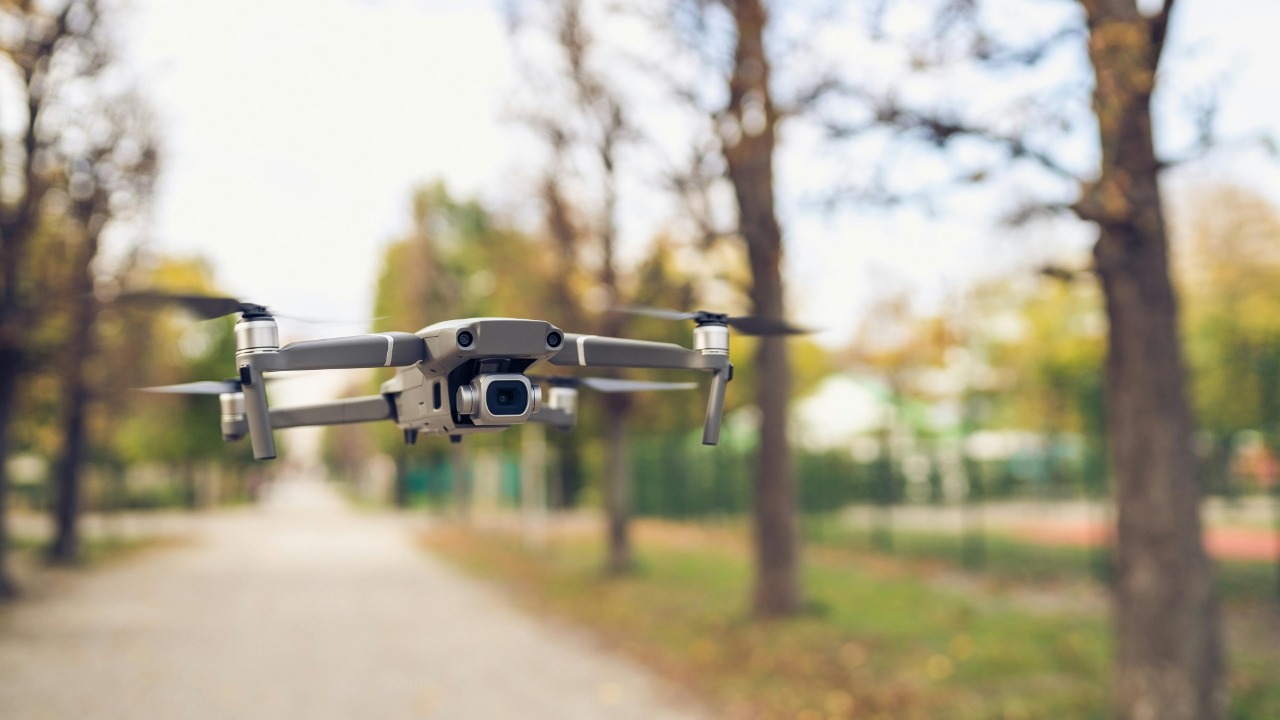
Drones equipped with AI technologies are becoming more autonomous, capable of conducting surveillance without human intervention. These drones can cover large areas and capture high-resolution images and videos, making them ideal for both commercial and security applications. However, the use of drones for surveillance raises significant privacy concerns, particularly in public and residential spaces. As AI continues to enhance drone capabilities, regulations and guidelines will be essential to balance security needs with individual privacy rights.